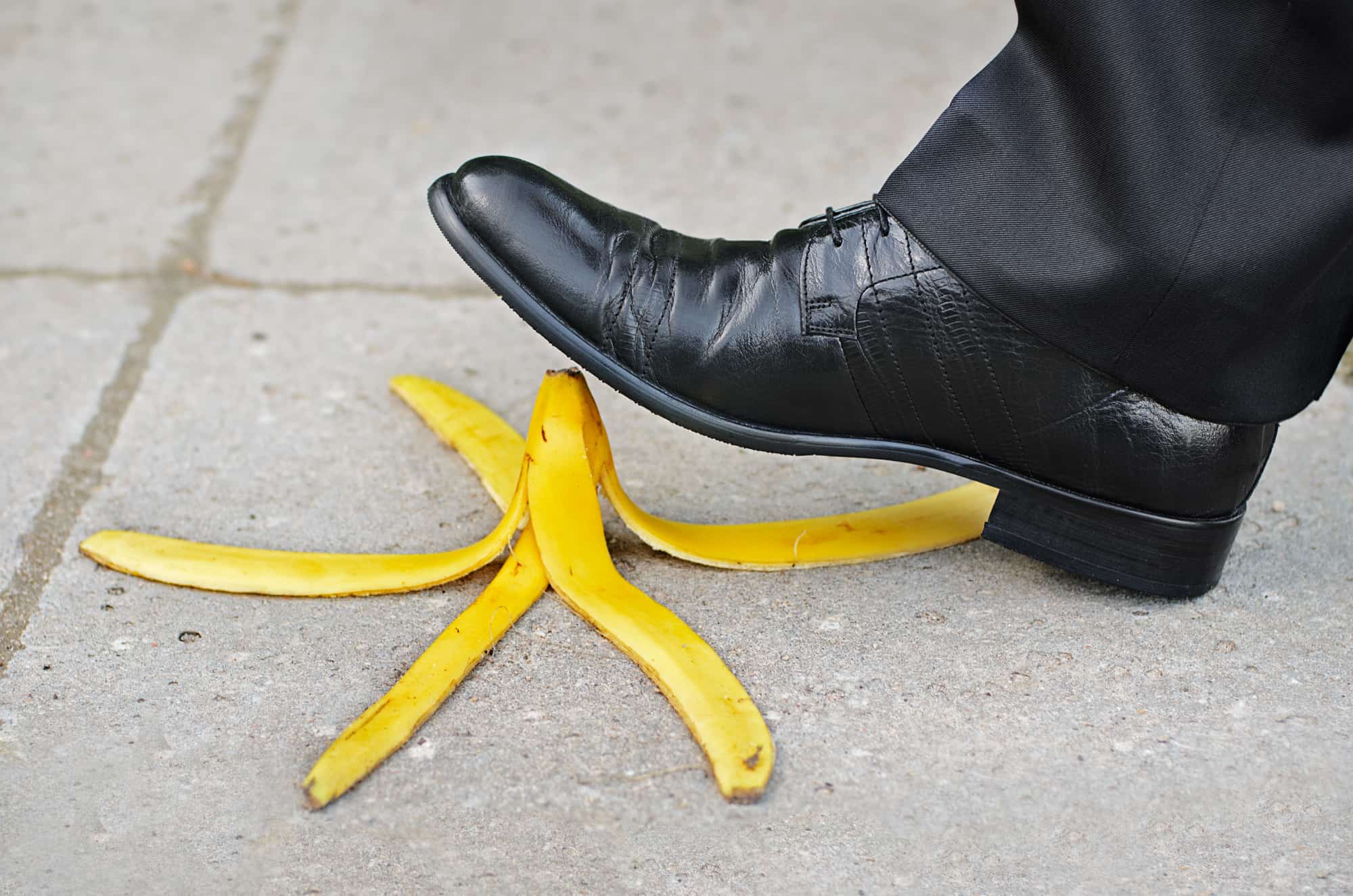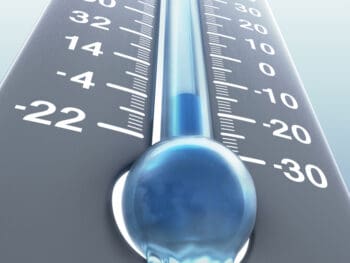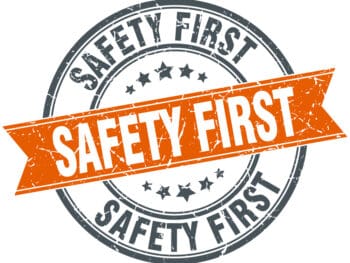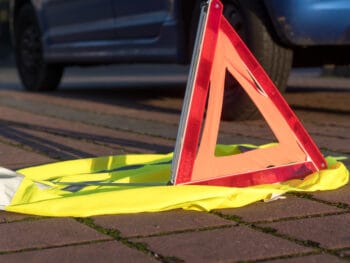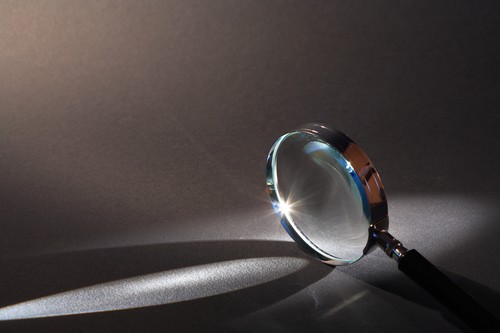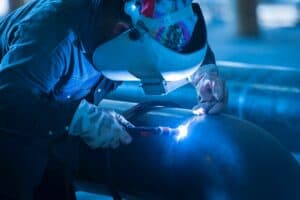Hearing loss claims can be very expensive. If the loss is great enough to prevent the employee from continuing in the job, or prevents taking other employment, there could be life time exposure for benefits. Most exposure will be for the percentage of the loss caused by the job.
In industries such as mining, construction, noisy manufacturing conditions, and jet airports, hearing loss claims may even be assumed to have come from the job.
Other areas where hearing loss exposure exists and might be assumed to come from the employment are blaring music in stores, restaurants, bars, and amusement facilities. Employees working in these areas are susceptible to hearing loss as the noise in some of these establishments has been measured as high as 120 to 140 decibels.
In addition, traumatic hearing loss from sudden unforeseen explosions or other loud sources will pose the possibility of full exposure.
Some Good News:
According to OSHA data, hearing loss claims appear to be declining. This could be due to improved protective hearing devices, enforced use of protective devices, lowering of the environmental decibel noise by the employer, and elimination of certain industries from the calculations.
In addition, states have begun to amend workers compensation acts. Some of the changes noted are:
- Noise levels need to be at 90 decibel levels or more.
- Employee exposure must be at least 90 days.
- The loss needs to affect both ears.
- Differences in the level of loss for each ear are being considered together.
- There must be conclusive medical (by a certified Otolaryngologist MD) substantiation that the hearing loss is due solely to the job nose.
- The hearing loss must be 10% or more in some jurisdictions.
Tables for calculating the actual loss are being adjusted to include age and normal deterioration, and benefits are being adjusted according to the dominant factor. Example: if 80% of the loss is due to age and 20% occurred on the job only the 20% will adjudged compensable.
Time for filing claims must be accomplished within a statutory time after the employee discovers the loss or begins medical attention for the loss. Further, statutes are now taking into account the length of time away from the exposure. The longer the employee is away from the exposure the more must be substantiated as to causation, and some jurisdictions have enacted discovery reporting time frames.
Minimize the Exposure:
Despite the improvements noted above employers need to keep a strong handle on conditions that can lead to hearing loss claims.
- Start with environment. Take decibel readings though out the entire operation. Institute measures that might eliminate, reduce, or take employees away from the noise. Sound insulations, sound absorbing curtains and tiles, sound proof booths, and improved hearing loss protectors, are just a few physical steps.
- Strive to reach an environment where employees are subjected noise decibel readings of 90 or lower.
- Failure of an employee to use protective equipment will not prevent the ability to file and prove a hearing loss claim. Therefore, strong enforcement of rules for safety and using protective equipment is necessary.
- When a hearing loss claim is presented be sure the claim technician explores the employee’s off job decibel exposure that might add to hearing loss. A person frequently using earphones for musical devices, listening to loud sound in confined areas, or attending loud sporting or entertainment events might all have an impact. However, can be difficult to establish.
- Constantly monitor decibel readings and take steps to correct anything over a 90 reading.
- Have a true otolaryngologist take pre-employment audio examination. Schedule regular retests as long as the employee is in the noise environment. When the employment terminates schedule a final test.
- When loss is detected, have the otolaryngologist determine the percentage of loss related to the job.
Summary:
Hearing losses can be expensive and present challenges for the employer. While there are some legislative changes that help, employers need to be diligent about conditions that can lead to hearing loss. Pre and Post audio testing of employees that are exposed to noise is a must.
Author Michael Stack, Principal, COMPClub, Amaxx LLC. He is an expert in workers compensation cost containment systems and helps employers reduce their work comp costs by 20% to 50%. He works as a consultant to large and mid-market clients, is co-author of Your Ultimate Guide To Mastering Workers Comp Costs, a comprehensive step-by-step manual of cost containment strategies based on hands-on field experience, and founder of COMPClub, an exclusive member training program on workers compensation cost containment best practices. Through these platforms he is in the trenches on a monthly basis working together with clients to implement and define best practices, which allows him to continuously be at the forefront of innovation and thought leadership in workers’ compensation cost containment. Contact: mstack@reduceyourworkerscomp.com.
©2015 Amaxx LLC. All rights reserved under International Copyright Law.
Do not use this information without independent verification. All state laws vary. You should consult with your insurance broker, attorney, or qualified professional.

